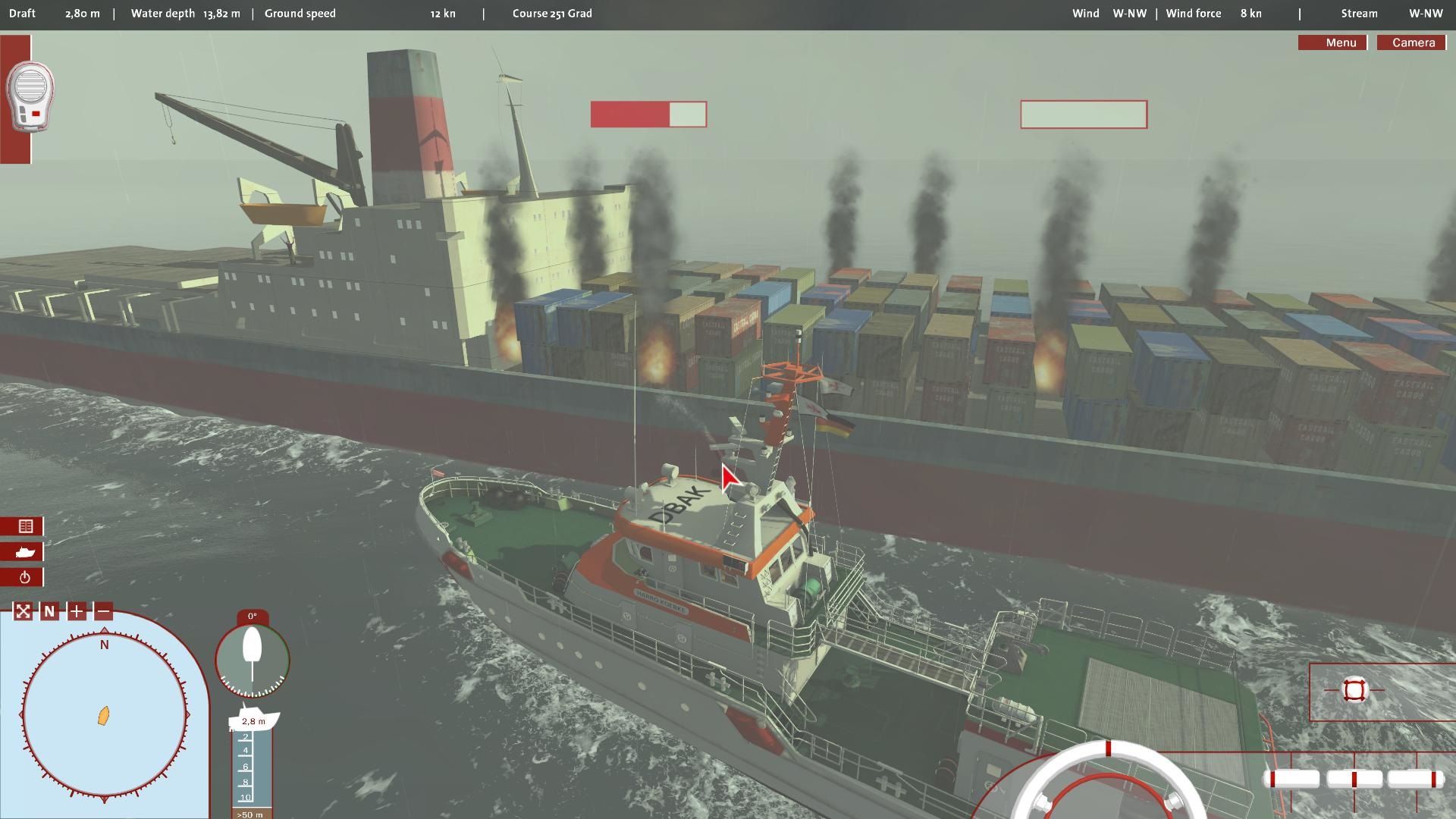

Today, every training centre worth its salt will have a maritime simulator of some sort – most likely supplied by Transas, Kongsberg or VSTEP. Maritime simulators used in training centres


To do that there will be a need for most of them to attend refresher training at a maritime simulator centre. However, the slowdown in shipping that has occurred simultaneous with and since the survey was done may reduce the need for new officers and may even encourage some shore-based personnel to return to sea. There is some anecdotal evidence that encouraging new officer recruits is becoming more difficult especially in Europe and the west.

The report suggests that in the past five years the industry has made good progress with increasing recruitment and training levels and reducing officer wastage but unless training levels are increased significantly, however, the growth in demand for seafarers could generate a serious shortage in the total supply of officers. Officer categories in especially short supply include engineer officers at management level and officers for specialised ships such as chemical, LNG and LPG carriers. The global supply of officers is forecast to increase steadily, but this is predicted to be outpaced by increasing demand. The 2015 five-yearly BIMCO/ICS survey identified a current shortfall of about 16,500 officers (2.1%), but sees a need for an additional 147,500 officers by 2025 to service the world merchant fleet. This is confirmation of the view that modern seafarer training is becoming more aimed at competence than experience. The use of maritime simulators is ranked third in the choice of ‘Examination and assessment of evidence obtained’ after approved in service experience and approved training ship experience. Throughout the tables that are included in STCW 2010 detailing the minimum standards required for different ranks and specialisations, maritime simulators are mentioned in the majority of cases as being a method for demonstrating competence. There are also some additional requirements for radar and ARPA simulators. There are two performance standards – one applying to simulators used for training and the other for simulators used to assess competence. Maritime simulators, their use and the quality of instruction are given a whole section (A-I/12) of the STCW 2010 text. Beginning with basic navigation but now extending to almost every aspect of ship operation including specialist aspects such as crane handling and towing, They have advanced hugely since the early days when only a basic computer screen was available and now offer a degree of realism that is quite amazing. Maritime simulators are now the modern way to gain competence.


 0 kommentar(er)
0 kommentar(er)
